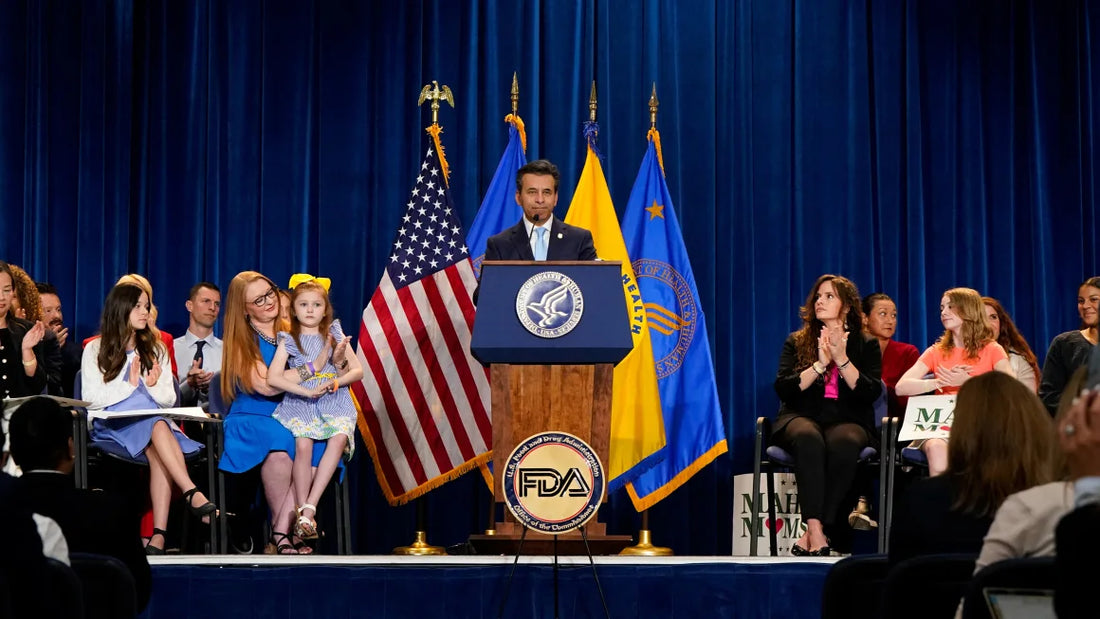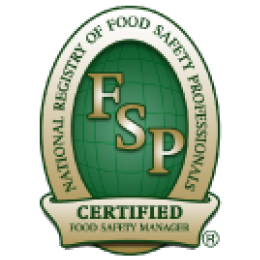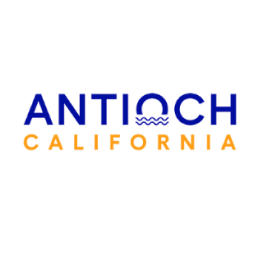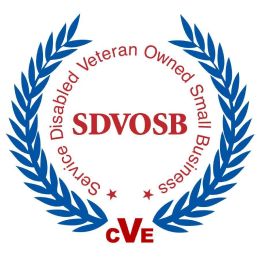In a significant move towards enhancing food safety, the U.S. Food and Drug Administration (FDA) and the Department of Health and Human Services (HHS) have unveiled a plan to phase out petroleum-based artificial food dyes from the American food supply by the end of 2026. This initiative aims to replace synthetic dyes with natural alternatives, aligning U.S. practices with those in Europe and Canada.
Understanding Artificial Food Dyes
Artificial food dyes are synthetic color additives derived from petroleum. They are commonly used to enhance the visual appeal of processed foods, including candies, cereals, baked goods, and beverages. In the United States, the FDA currently permits 36 color additives, eight of which are synthetic dyes. Notable among these are Red 40, Yellow 5, and Yellow 6.
Health Concerns and Scientific Findings
The decision to phase out artificial dyes stems from growing concerns about their potential health impacts, particularly on children. Studies have suggested a link between synthetic dyes and behavioral issues such as hyperactivity and attention disorders. For instance, a study commissioned by the UK's Food Standards Agency found a possible connection between certain artificial colors and increased hyperactivity in children. However, the FDA maintains that most children do not experience adverse effects from consuming foods containing approved color additives.
Additionally, some dyes have been associated with other health risks. Red 3, also known as erythrosine, was banned from cosmetics over three decades ago due to cancer concerns but remained in the food supply until recently. In January 2025, the FDA announced a ban on Red 3 in food products, effective by 2027, after studies indicated it caused cancer in laboratory rats.

Regulatory Actions and Industry Response
The FDA plans to collaborate with the food industry to voluntarily eliminate six commonly used synthetic dyes by the end of 2026. Furthermore, the agency intends to revoke the authorization of two other synthetic colorings in the coming months. To facilitate the transition, the FDA will also expedite the review and approval of new natural color additives.
While health advocates have praised the initiative, some industry groups express concerns about the feasibility of reformulating products within the proposed timeline. The International Association of Color Manufacturers, for example, cautions that rapid changes could disrupt the food supply and limit access to familiar, affordable grocery items.
State-Level Actions and Global Context
Several U.S. states have already taken steps to restrict artificial food dyes. West Virginia has enacted a comprehensive ban on seven synthetic food dyes linked to health concerns, set to take effect in August 2025. California has passed legislation to ban certain dyes from school meals, with a broader ban extending to all foods sold in the state by January 2028.
Internationally, many countries have adopted stricter regulations on artificial food dyes. In the European Union, synthetic colors are required to carry warning labels, and manufacturers often use natural substitutes. Canada also mandates clear labeling of food additives, including colorants.
Implications for Consumers
The FDA's initiative reflects a growing emphasis on food safety and transparency. Consumers are encouraged to stay informed about the ingredients in their food and to be aware of ongoing regulatory changes. As the transition unfolds, it's advisable to read product labels carefully and to be mindful of the presence of artificial dyes, especially when selecting foods for children.
To take your understanding even further, enroll in our Food Safety Mastery Course—designed to empower you with the knowledge to make informed, healthy, and safe food choices every day.





